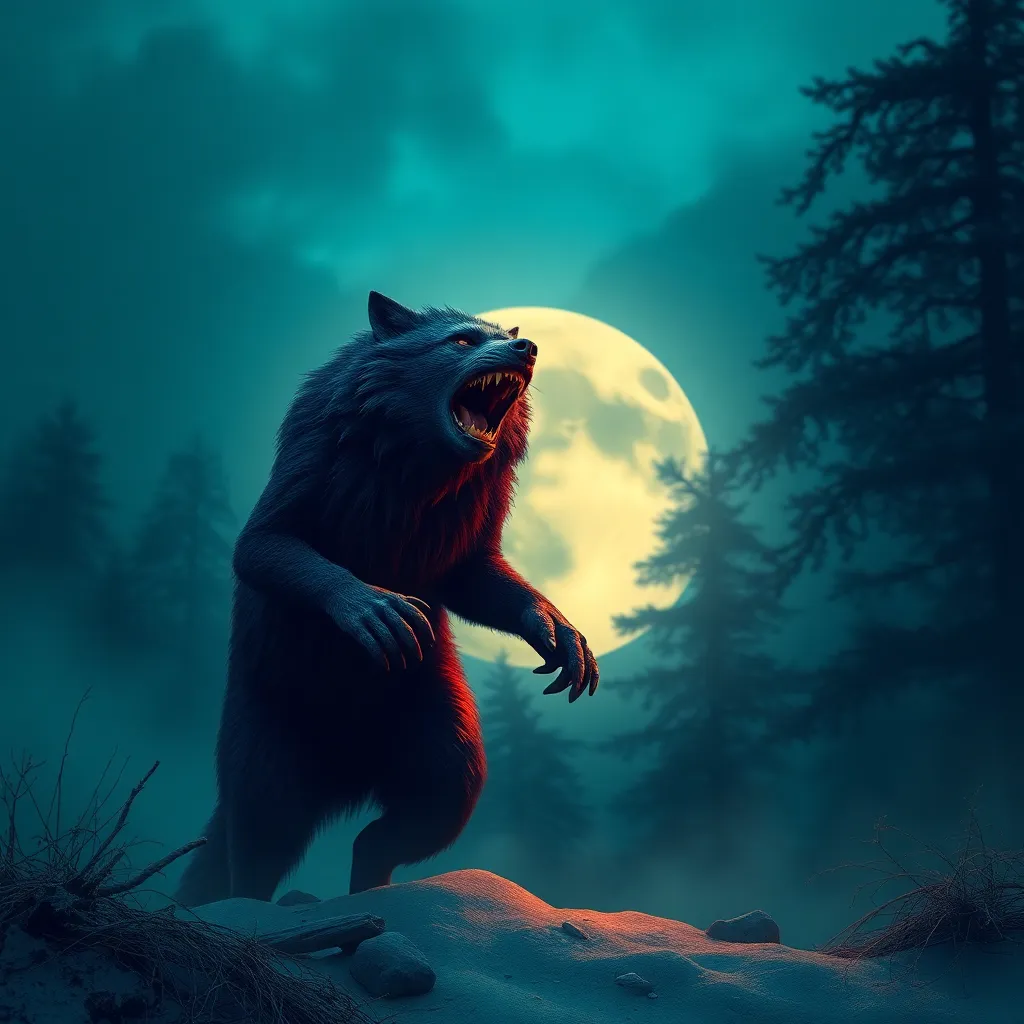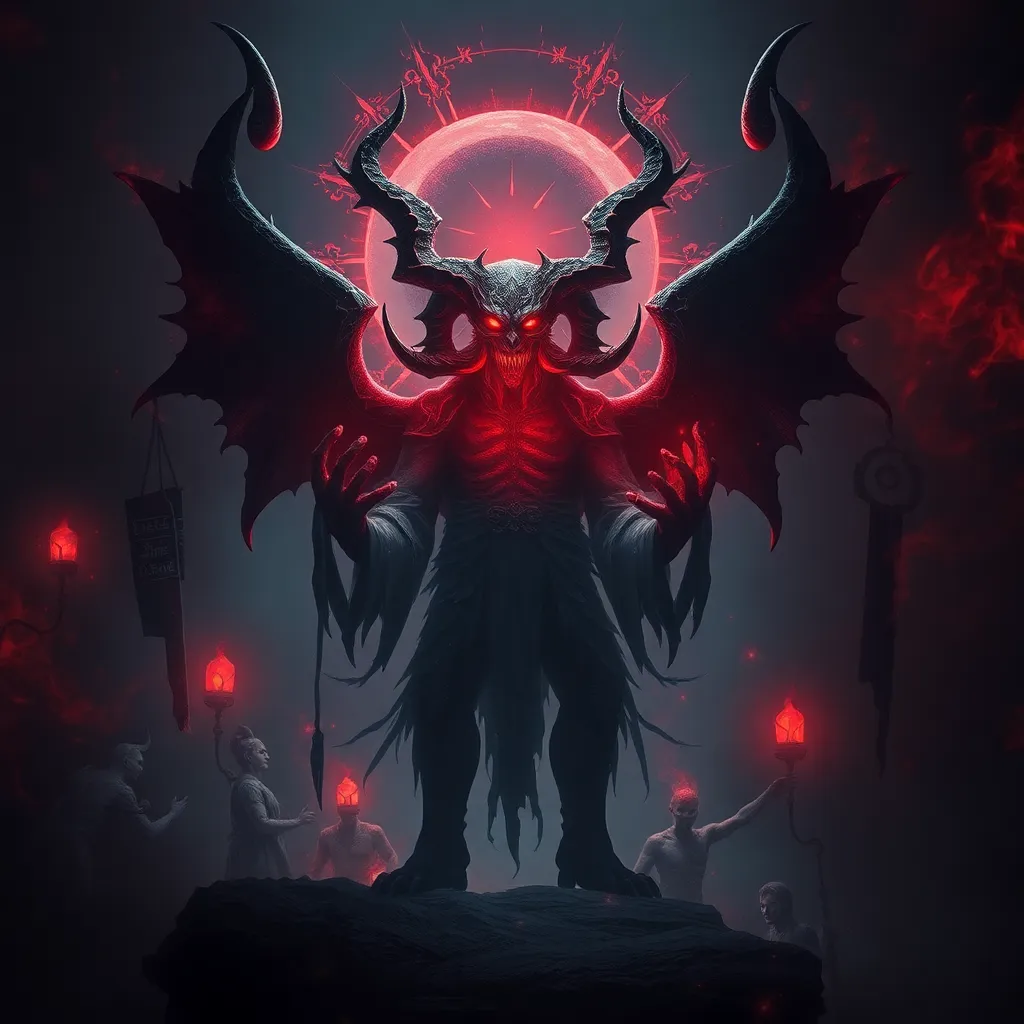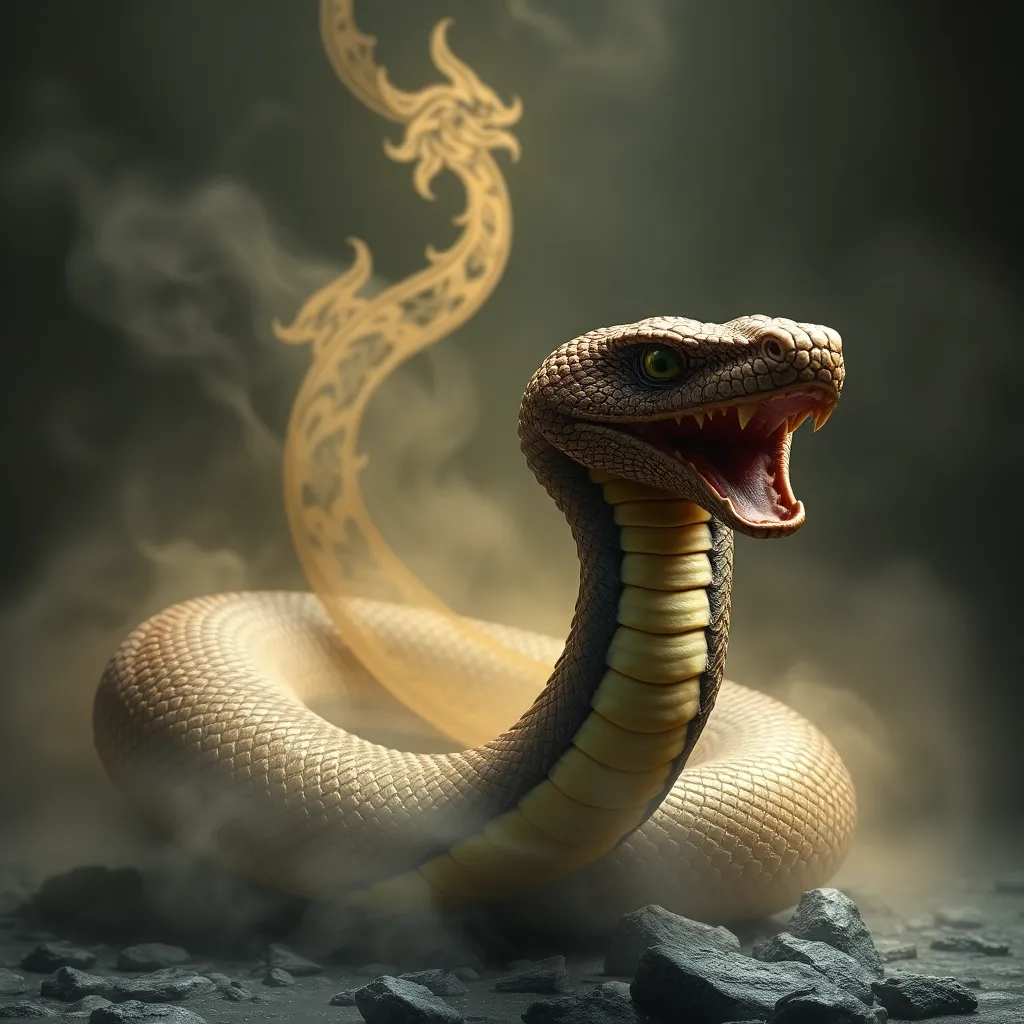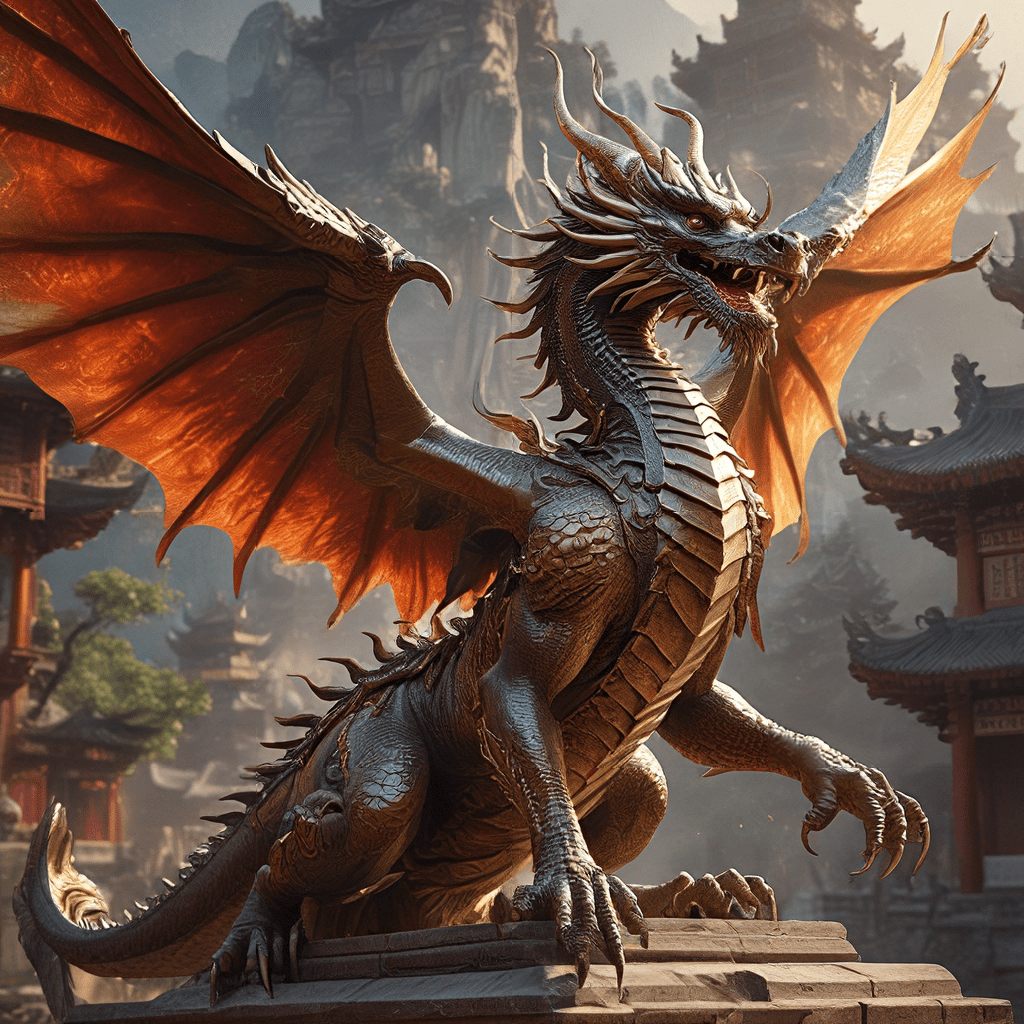The Curse of the Lycan: Unveiling the Historical and Social Impact of Werewolf Beliefs
I. Introduction
Lycanthropy, the mythical ability to transform into a wolf or a wolf-like creature, has captivated human imagination for centuries. This transformation is often perceived as a curse, intertwining the themes of horror, morality, and humanity’s primal instincts. The cultural significance of werewolves extends beyond mere folklore; it reflects deep-seated fears and societal norms that have evolved over time.
This article aims to explore the historical origins, psychological interpretations, sociocultural impacts, and contemporary relevance of werewolf beliefs. By delving into these aspects, we can better understand how the myth of the lycanthrope has shaped human perspectives on identity, morality, and the nature of the “other.”
II. Historical Origins of Werewolf Beliefs
A. Ancient mythologies and folklore surrounding werewolves
The origins of werewolf legends can be traced back to ancient civilizations. In Greek mythology, the story of Lycaon, who was transformed into a wolf by Zeus, serves as one of the earliest accounts of lycanthropy. Similarly, Norse mythology features the tale of the berserkers, warriors who donned wolf skins and believed they could channel the spirit of the wolf.
Across different cultures, werewolves have been depicted as fearsome creatures. In many Native American tribes, shape-shifting legends exist, where individuals could transform into wolves as a means of hunting or protection. These myths illustrate the universal fascination with transformation and the animalistic side of human nature.
B. The influence of cultural and regional variations in lycanthropy myths
Lycanthropy myths vary significantly across cultures:
- European Folklore: Often depicts werewolves as malevolent beings, associated with witchcraft and dark magic.
- Asian Legends: Some cultures, like the Japanese, have the were-tanuki, a shape-shifting creature that embodies both mischief and benevolence.
- African Myths: In certain African cultures, werewolf-like beings are often linked to ancestral spirits and moral lessons.
These variations highlight how local beliefs and societal values influence the portrayal of werewolves, serving as reflections of human fears and societal norms.
III. The Werewolf in Medieval Europe
A. The role of the werewolf in medieval superstition and witch hunts
During the medieval period, werewolves became integral to the landscape of superstition and fear. The rise of witch hunts in Europe saw many accused of being werewolves, often as a means to scapegoat and eliminate those deemed different or threatening to societal norms. Werewolves were associated with the devil, and as such, accusations could lead to brutal trials and executions.
B. Notable cases and trials related to werewolf accusations
Several infamous cases illustrate the hysteria surrounding werewolf accusations:
- The Beast of Gévaudan: A series of killings in France during the 1760s attributed to a werewolf-like creature led to widespread panic and a hunt for the beast.
- Peter Stumpp: A German farmer who was executed in 1589 after confessing to being a werewolf, claiming to have killed and eaten numerous victims.
These cases reflect the intersection of fear, superstition, and the desire to control societal chaos through scapegoating and persecution.
IV. Psychological Interpretations of Lycanthropy
A. The phenomenon of clinical lycanthropy and mental health
Clinical lycanthropy is a rare psychiatric syndrome where individuals believe they can transform into wolves or exhibit wolf-like behavior. This condition sheds light on the psychological underpinnings of werewolf beliefs, offering a glimpse into how the mind can interpret and manifest fears of transformation and loss of control.
B. How societal fears and insecurities manifest in werewolf beliefs
Werewolf beliefs often symbolize deeper societal fears:
- Fear of the Unknown: The transformation represents the fear of losing one’s identity or being consumed by primal instincts.
- Societal Outcast: Werewolves embody the fear of the “other,” those who exist outside societal norms and expectations.
These fears manifest in various ways, influencing cultural narratives surrounding werewolves and contributing to their mythos.
V. Werewolves in Literature and Popular Culture
A. Evolution of werewolf imagery in literature from folklore to modern fiction
Literature has played a significant role in shaping the werewolf narrative. From early folktales to modern novels, the portrayal of werewolves has evolved considerably:
- Folklore: Early accounts often depicted werewolves as savage and malevolent.
- Romantic Literature: The 19th century brought a more nuanced view, with werewolves often portrayed as tragic figures caught between two worlds.
- Modern Fiction: Contemporary works explore themes of identity, transformation, and moral ambiguity, often presenting werewolves as complex characters rather than mere monsters.
B. The portrayal of werewolves in film and television and its impact on public perception
The portrayal of werewolves in film and television has significantly influenced public perception. Iconic films such as “The Wolf Man” and series like “Teen Wolf” have both reinforced and subverted traditional werewolf tropes. Modern portrayals often explore the duality of human nature, presenting werewolves as both a source of fear and a reflection of our inner struggles.
VI. Sociocultural Impacts of Werewolf Beliefs
A. The use of werewolf myths in understanding human nature and morality
Werewolf myths serve as a lens through which we can examine human nature and morality. The transformation into a wolf can symbolize the struggle between civility and primal instincts, prompting discussions about the nature of evil, morality, and the human condition.
B. Werewolves as symbols of societal fears and the “other”
Werewolves often represent societal fears of the “other,” highlighting how communities react to those who deviate from the norm. As symbols of transformation, they embody the complexities of identity and the fear of losing one’s humanity in the face of societal pressures.
VII. Contemporary Relevance of Werewolf Legends
A. The resurgence of interest in werewolf mythology in modern society
In recent years, there has been a resurgence of interest in werewolf mythology, reflected in popular media, literature, and art. This renewed fascination often explores themes of identity, transformation, and the human psyche, making werewolves relevant in contemporary discussions about self-identity and societal expectations.
B. How werewolf beliefs can inform current discussions on identity and transformation
Werewolves symbolize the transformative aspects of human nature. As individuals navigate modern societal challenges, the metaphor of the werewolf can provide insight into personal and collective struggles with identity, acceptance, and the quest for self-understanding.
VIII. Conclusion
In summary, the myth of the werewolf has deep historical roots and significant cultural significance. From ancient mythologies to modern interpretations in literature and film, werewolves continue to fascinate and provoke thought about human nature, morality, and societal fears.
The enduring legacy of werewolf beliefs illustrates how folklore can reflect and shape societal norms, serving as a mirror to our own primal instincts and fears. As we continue to explore these themes, the werewolf remains a potent symbol of transformation, identity, and the complexities of the human experience.




